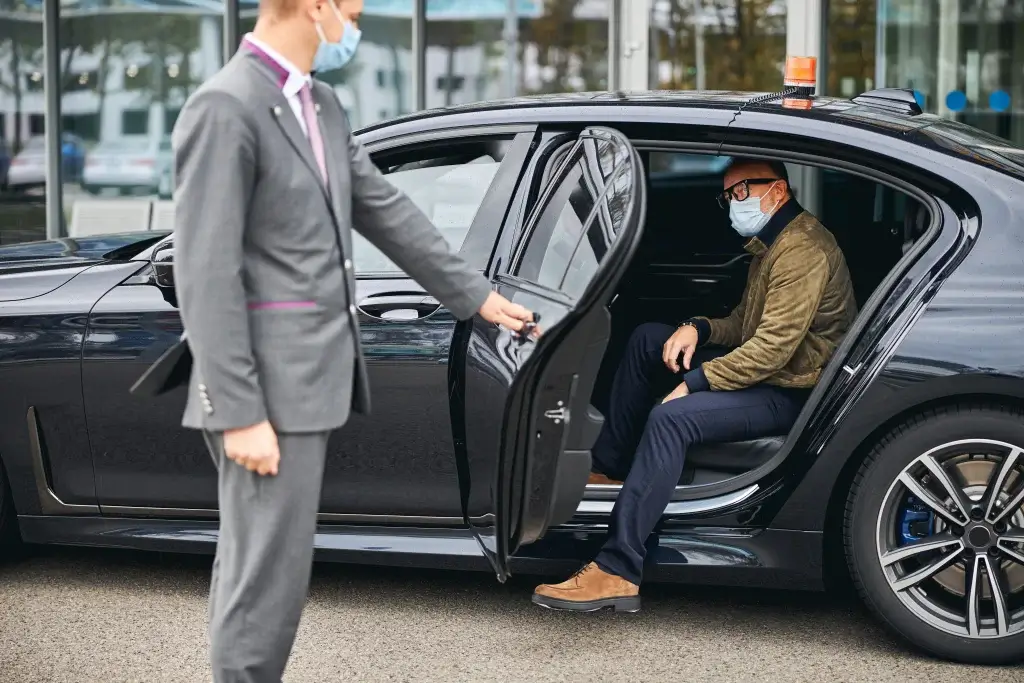How Many Ways to Go JFK Airport to Manhattan
JFK is the biggest airport in New York City and one of the busiest airports in the country. It’s also the farthest from Manhattan of the three big airports in New York City. It’s even farther from Manhattan than Newark, New Jersey airport. It’s hard to get from the airport to the city, and finding a good mix between cost, time, and trouble can be stressful even before you get to New York. The train looks scary, but it’s the cheapest and fastest way to get into the city if you know how to use public transportation.
Taxis are the easiest way to get around, but they are also the most expensive, and traffic can slow down a trip that would otherwise be quick. Some good options are the New York commuter train or an airport bus, which are more accessible than the subway but less expensive than a taxi.
Consider your budget and how much travel you can handle before deciding. If you just got off a long trip from another country, you might need more energy to walk around on the train.
By | Time | Price | Good For |
Subway | 60-90 mins | $11 | Traveling on a budget |
Train | 35 mins | $16 | Arriving in a rush |
Taxi | 45 mins | $52+ includes (tips) | Stress-free commuting |
Airport Shuttle | 90 mins | $19 | Balancing cost and convenience |

Areas To Go from JFK To Manhattan
Get on the E train heading toward Manhattan/World Trade Center after you’ve reached the underground. The first stop in Manhattan is at Lexington Avenue/53rd Street after the train had passed through Queens. The train travels farther along 8th Avenue into downtown until it reaches the World Trade Center. Taking the metro all the way there would take about 50 minutes.
Take a J or Z train in the direction of Manhattan/Broad Street (the Z train is express and only operates during weekday peak hours). The first station in Manhattan is at Delancey Street/Essex Street in the trendy Lower East Side, and the train proceeds through Chinatown to Broad Street, which is immediately adjacent to Wall Street. Taking the subway from Jamaica to Broad Street would take approximately fifty minutes on the J train (or less time on the Z).
If your destination is elsewhere in Manhattan, you must transfer trains at least once. Use Google Maps or Apple Maps to enter your destination’s address. Either option should provide the optimal route with the fewest number of transfers.
Both the train and the AirTrain in New York City run all day, every day. But subways run less often late at night, so if your flight arrives at 3 a.m., you might have to wait a while. Even though the trip might seem long, it can be faster than taking a cab during rush hour. If you have much stuff, the ride might be less relaxing, so keep that in mind if you’re going with more than one bag.
People new to the city may find it hard to figure out how to use the train because they need to know where to change lines, what fast lines are, or which way is downtown and which is upstairs. But there are MTA workers at every stop to help you. If you get to the end without knowing what to do, ask someone for help. People think New Yorkers are mean, but they’re not.

How To Go JFK To Manhattan By Subway
While the New York City Subway isn’t the world’s cleanest or most reliable metro system, it is surprisingly user-friendly and the most cost-effective method to go from JFK Airport to Midtown Manhattan. Getting to your final destination in Manhattan via the subway will take longer than using the AirTrain from the airport, but both are necessary. The AirTrain is a tram that links all of JFK Airport’s terminals to the Jamaica Station and Howard Beach stations outside the airport, providing access to the city.
Getting to Manhattan from Jamaica Station usually requires a change of trains. You may ride the AirTrain between terminals for free, but there is a $7.75 fare if your trip begins or ends outside the airport. When you leave the AirTrain at Jamaica Station, go toward the signage for the subway’s Sutphin Boulevard-Archer Avenue stop.
You’ll need a metro ticket, which costs an extra $2.75, and your AirTrain ticket. You may use the E, J, or Z line, but the best depends on your final destination inside the city.
Get JFK To Manhattan By Train
The LIRR is the quickest route to travel into Manhattan from JFK Airport transfers since it is the main commuter rail line connecting all of Long Island (where JFK is situated) to the city. It would help if you first took the AirTrain from the airport to reach Jamaica Station. If you’re flying into Jamaica during the week, especially around rush hour, you’ll find that the station is one of the busiest in North America. There is a ticket booth, automated ticket vending machines, and a mobile app called MTA eTix that passengers may use to purchase tickets. Tickets will be more costly if purchased on the train.
It takes roughly 25 minutes to reach Penn Station from anywhere in Manhattan by train. Getting about the city from there is as easy as catching a cab or transferring to the A, C, or E subway lines. If you’re a solo traveler, taking the train to Penn Station and getting a taxi from there is more cost-effective than hiring a car to take you from the airport. Instead of taking the LIRR from the airport, a party of three or four people may save money by sharing a taxi.
By Taxi
For first-time visitors to New York City who may be anxious about using the subway, a cab ride is the most stress-free option between JFK and Manhattan. However, it will cost the most and, depending on traffic, may take the longest time. However, if you’re tired after a long travel or have luggage, having someone else take you there could be more convenient. Taking a cab with friends or family members costs about the same as purchasing separate train tickets for everyone.
Taxis from JFK to wherever in Manhattan cost the same flat rate of $52, so you can relax and enjoy the ride without guessing how much your ride will cost. That probably won’t cover all the costs, however. During “peak hours,” which are Monday through Friday, 4-8 p.m., there is a $4.50 extra. Your ticket will increase to include any tolls that may be required. Finally, if you received satisfactory service, you should tip your driver between 15 and 20 percent.
When you leave the airport, call a yellow taxi from the stand outside each gate. Ignore anyone else who wants to give you a ride; it’s against the law, and they’re not real taxis.
Airport Shuttle
Several private companies run shuttles all day, taking passengers directly to Grand Central, Times Square, Penn Station, or even their hotels, saving them the cost of a cab ride (up to $60) and the hassle of lugging their luggage on the subway.
GO Airlink offers the convenience of dropping you off at your designated destination, even the doorstep of your hotel, if you book a seat in advance. The cost is comparable to a cab, but unlike public transportation, you can decide where you get off. It’s a shared shuttle, so the wait time might be significant whether you’re the first or last passenger off.
What to Enjoy in Manhattan?
New York City is so widespread in media that even those who have never been there may identify it. Even if you were to spend an entire year in the Big Apple, you still would need more time to experience all it has to offer. If this is your first trip to New York, there are several sights you just must see. You’ll find most of the city’s most famous landmarks in the borough of Manhattan. Midtown is home to iconic New York attractions, including Times Square, Rockefeller Center, and Grand Central Terminal. Central Park, one of the largest parks in the world, is only a few steps uptown, and the iconic Empire State Building is just a few streets down. Greenwich Village, SoHo, and Washington Square Park are just a few quaint areas in lower Manhattan. Get your bearings with a stroll through the maze of chic shops, trendy eateries, and mouthwatering menus.

